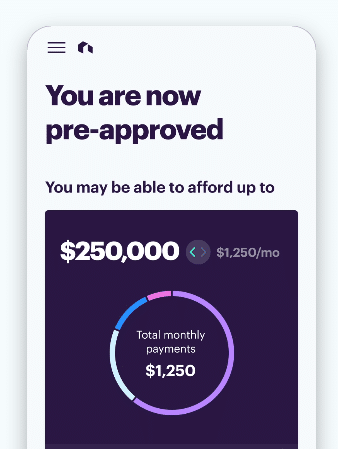Why Pinterest Should Matter to Banks
This is part of a two-part exploration of the banking implications of Pinterest, the fastest-growing independent website in history. See JJ’s take here.
I’m the type of person that can be as easily persuaded to go trapezing on a Thursday night as much I can be influenced to hit up the bingo circuit. My main decision-making criteria? As long as an experience is somewhat fresh, I can’t resist it, because I like being shaken out of my daily routine to discover new things, people or places.

At its core, Pinterest is an online window shopping experience that is influencing the way in which people shop. From style trends to cake decorating, Pinterest can potentially link consumers to their new favorite boutiques, blogs or restaurants and boost sales for merchants. And that’s what is key when banks are reviewing how the new consumer site may impact them, too.
Though we are sure institutions can use Pinterest, which already boasts millions of users, to do some promotional branding things too, let’s be real: banks are not very visually stimulating and that is the first tenant of using Pinterest effectively — the visual matters. The real potential of the site for banks is finding ways in which they can potentially participate in the transactions made, or at the very least, staying tuned into how the site is shifting how consumers shop.
Sure, we go to Google when we know what we want to buy to find an item online. But Pinterest can also help shape how we find something we didn’t even know we were looking for, which is sort of what Groupon did years ago when it transformed the way in which retailers can market their services. Groupon helped — and helps — consumers discover things to buy, while also creating a new payment form, its coupon. Similarly, Pinterest has the potential to innovate how retailers collect more customers simply by exposing people to their goods, and banks should find a way to get involved in the discovery shopping process.
For months now, financial players have debated the ways in which issuers can destroy Groupon and we – for the most part – agree. Already financial institutions have been falling for the possibilities of innovations in shopping, especially through the play of merchant-funded rewards. However, what issuers haven’t been able to do well yet is offer coupons that inspire people to buy new things, as they are targeting discounts and deals to consumers based off of their transactions. Because deals are “relevant,” the discovery element is no longer part of the package. Potentially, Pinterest could help fill in this void for banks. Certainly, when digital wallets take off in the U.S., they too will help lure new customers into retailers doors. But that “future” is still years off while Pinterest is already changing the way people look for things they want online.











